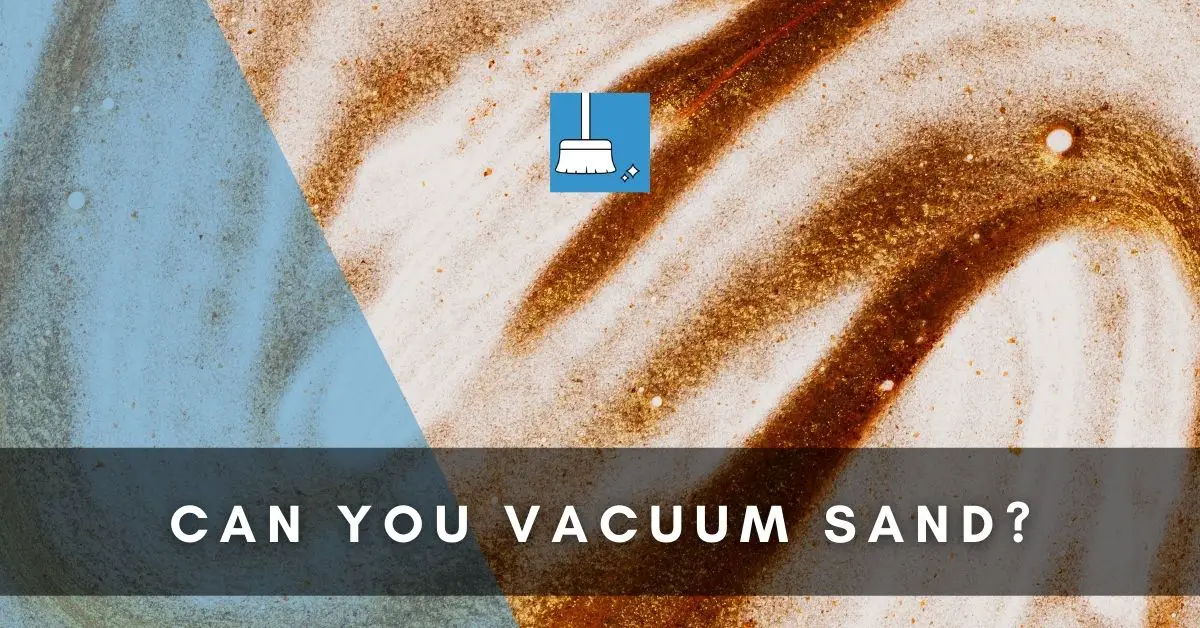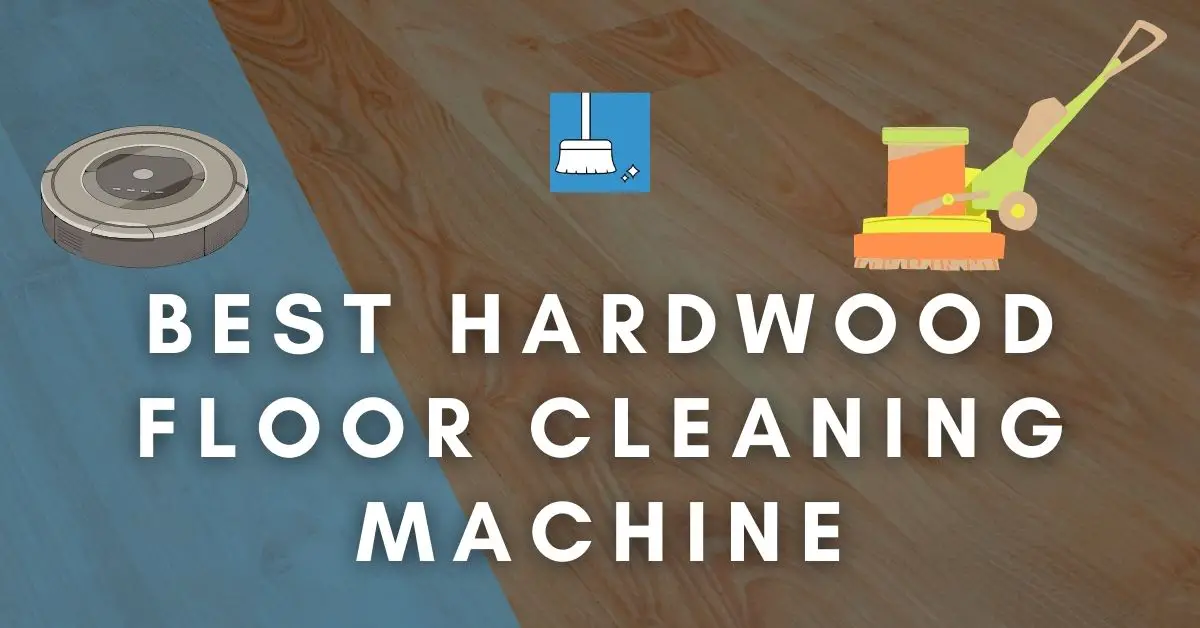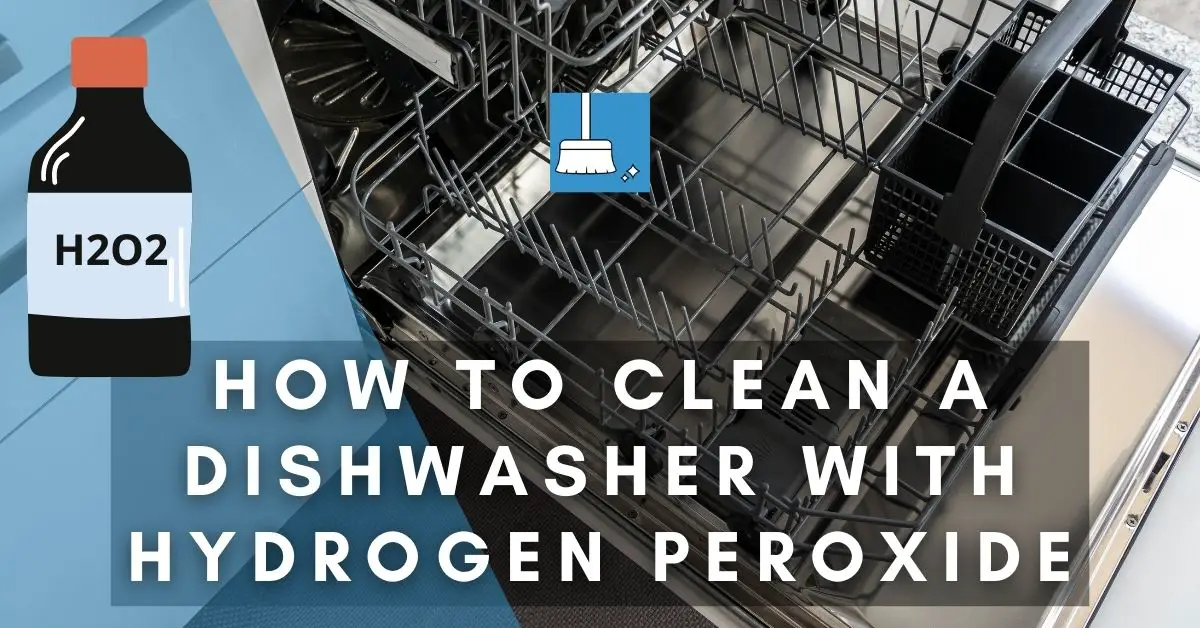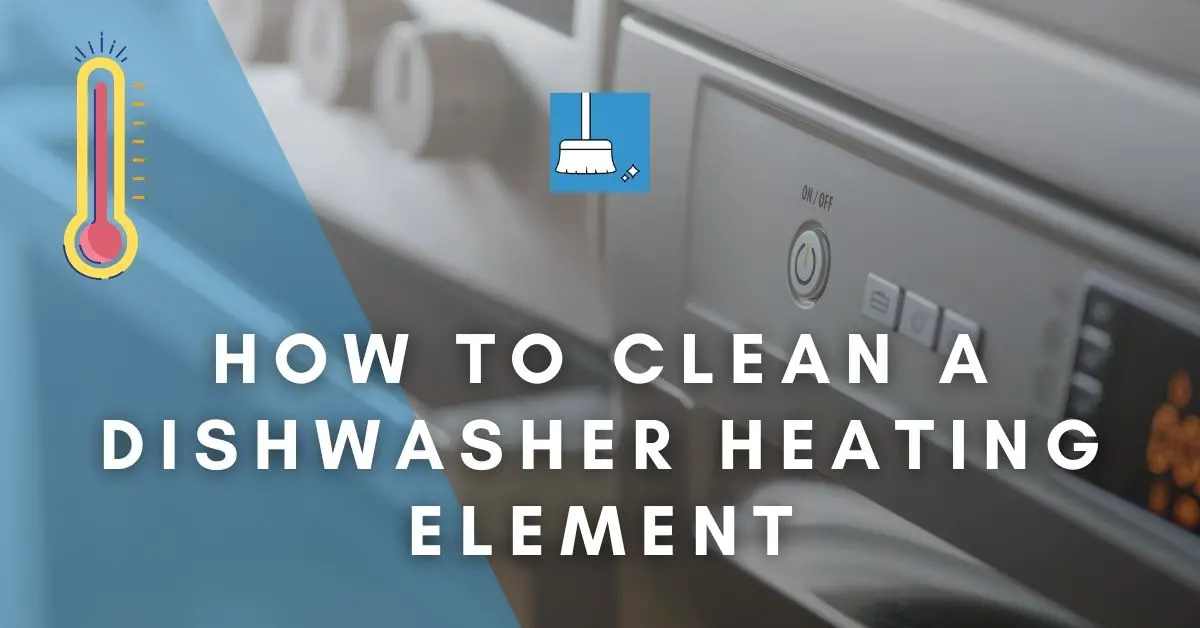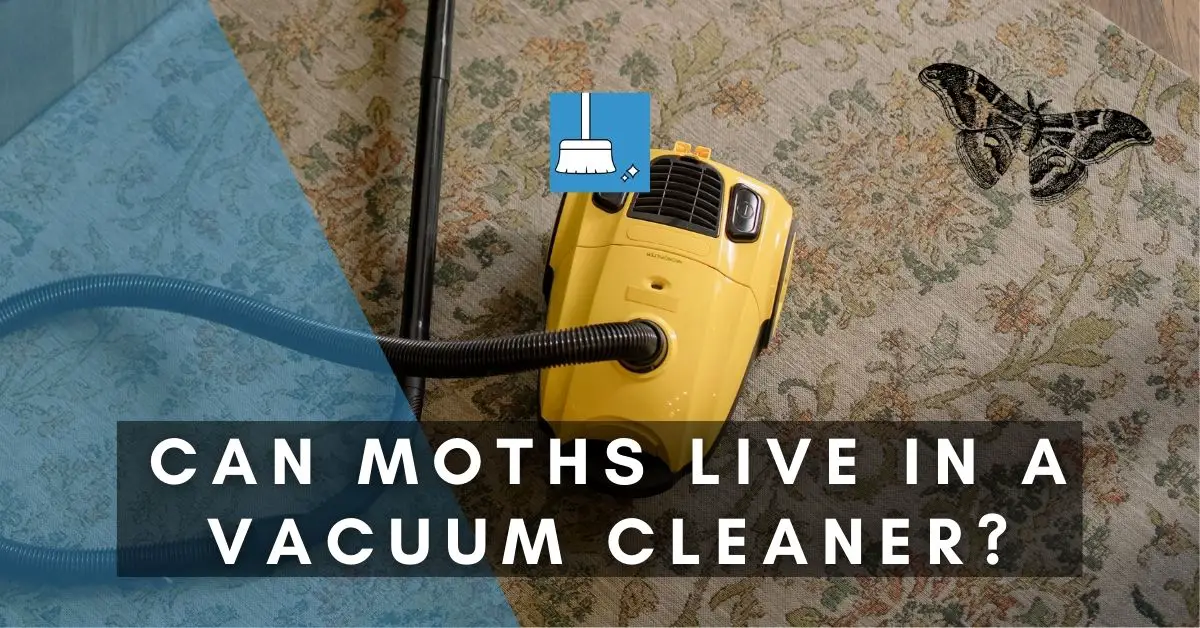No doubt we use our household vacuums for all kinds of crazy things (such as sugar or styrofoam), but are we doing the right thing?
As tempting as it may be to use these for purposes other than general cleaning, it can lead to unintentional damage.
One thing that confuses many minds is vacuuming sand. So, to clear up the confusion about using a vacuum on sand particles this article has the information you need to know.
Can You Vacuum Sand?
Occasionally vacuuming up sand wouldn’t do any harm to the vacuum but doing it more frequently will decrease its power, reduce its age and cause damage to the vacuum.
5 Reasons Why You Should Not Vacuum Sand
Even though you can vacuum sand, many vacuum companies and cleaning professionals will advise you not to.
Here are five reasons why you should listen to this advice:
1- Can Damage the Motor
The small sand particles can get sucked up into the motor of your vacuum. These particles can then build up and clog up the system, which can cause serious damage to your vacuum.
2- There Won’t be Filtration
Sand, especially soft sand, is usually made of very thin and light particles. These particles may be too tiny for the vacuum filter to catch and hold.
This means that if you’re vacuuming soft sand, there is a possibility that some particles may pass right through the filter and back out of your vacuum.
3- Your Vacuum May Die Soon
It can shorten the lifespan of your vacuum. This is especially important if you are using a vacuum with relatively less suction power.
The vacuum may work to suck up the sand, but the particles will slowly affect the motor and other parts of your vacuum. What would originally last for years may begin to fail after months.
4- Reduced Power
It can reduce the suction power of your vacuum, even a shop-vac. With sand particles clogging up your filter and getting into the parts of your hose and vacuum, the suction power that you would use to pick up larger items is considerably affected and lessened.
Over time, this suction power will reduce in strength until it is no longer effective.
5- Will Create a Fine Mess
It isn’t easy to clean out of your vacuum. Sand particles are notoriously difficult to clean anywhere because they tend to stick in corners and tiny spots.
Once you suck sand into your vacuum and it gets into the motor, or even if it stays in your bag/canister, it is a difficult and strenuous task to get rid of every last particle.
These are just a few reasons why you should avoid vacuuming sand with your home vacuum.
If at all, you will vacuum sand, then you must ensure that your vacuum has a very high suction power, can withstand the potential onslaught, and that you are also ready to take on the cleaning and maintenance it may bring.
There are also specific filters that are more powerful for picking up tiny particles.
You should not use your standard household vacuum cleaner or a budget vacuum to clean sand as it will likely not have a strong enough suction power to suck up and hold in the sand particles. Any vacuum with less than 2000 watts of suction power is a no-go for cleaning sand.
Can You Vacuum Sand from a Car?
Yes, you can use a vacuum to clean out sand from your car. It can be used for the interior of the car, such as the seats and flooring.
When it comes to sand in your car, it is always a stressful, messy situation. However, for people who often visit the beach or live in sandy areas, this is a situation that they have to deal with regularly.
Although general cleaning the interiors can be achieved without a vacuum also, when cleaning sand from a car, you have to work fast and clean thoroughly as sand can get into tricky spots, leave the interior looking messy and make things uncomfortable for you, so you will need a vacuum.
Some vacuums have suction powerful enough to be used for cleaning car interiors. We recommend that you choose one with a minimum of 2000 watts, as this will ensure that all the sand particles in corners and tough spots are sucked out.
There are also specific filters that are more powerful to pick up the tiny particles and an amount of suction power that your vacuum must be capable of. EPA filters, Cloth filters, and Disk filters are more efficient at separating the sand particles and other refuse from the air flowing into the vacuum
A tip to help the vacuum is to use a wire brush to tease the sand out of the carpet or fabric.
If, after vacuuming, you still have stained spots or stubborn particles, try a steam cleaner or take it to a professional and get all the sand out.
Can You Vacuum the Sand Out of a Sand Filter?
The sand in a sand filter, unfortunately, doesn’t last forever. After every 5-6 years, you need to replace the sand in the filter so that it doesn’t contaminate your water or affect your swimming experience.
Here is how you can clean out the sand filter:
STEP 1- Once you have turned off the pump and power, move the valve on top to the backwash setting. This will empty the sand in your filter, and you can check through the sight glass at the top. Once the glass is clear, you will have loose sand.
If your filter is the kind you can open up, open it up and use a handheld vacuum with powerful suction to remove the left over sand particles. If it is the closed type, set the valve on top to rinse and let it run for a few minutes. After this, rinse out your filter by turning on the waste setting.
STEP 2- Once you have a clean filter, fill it halfway with water and pour in the new sand. Ensure that you replace everything properly, then turn the filter and the pool pump back on.
Does a Roomba Pick up Sand?
A Roomba can pick up sand. As small as they seem, these robot vacuums have a lot of suction power. Like their more manual counterparts, they have an easier time with larger grains of sand, but in contrast to these other vacuums, they are also more efficient at picking up smaller and softer sand particles.
For example, many users and professionals have stated that the iRobot i7+ is extremely useful at picking up sand. It can smoothly pick up dry sand, store it, and empty it into the bag.
This is not only limited to this model, as no matter which Roomba you buy, they are all equipped with powerful suction and motor that can pick up sand particles irrespective of the surface, whether carpet, flooring, etc.
So, if robot vacuums are your thing and you are someone that lives near the beach or somehow always has sand in your home, invest in one and have an easy fix to your sand problems today.
Best Way to Clean Up Sand
1- Best Way to Pick up Sand from the Floor
The best way to pick up sand from the floors of your home is first to use a mop, broom, or sponge and then vacuum the surfaces thoroughly.
Here are some quick steps that can help you get rid of any sand on your floors:
STEP 1- First, you must remove all the sand-stained clothing, throw it in the washer, and then thoroughly wash off all the sand from your feet.
STEP 2- Sweep the floor and use a stiff wire brush to loosen any sand in carpets, mats, runners, or any floor surface that might hold onto the particles.
STEP 3- Use a vacuum with powerful suction and run it around your floors. Target the corners, the mats, carpets, and rough surfaces. Run the vacuum till you are satisfied with the clean feel of your floors.
STEP 4- Use a clean, damp mop to mop the floors thoroughly. This will ensure there is no sand left by picking up any stray particles.
2- Best Way to Pick up Sand from the Bottom of the Pool
With how light sand is, it is very easy for the wind to pick it up and deposit it in various places, one of which can be your pool. It is already a bit difficult to clean sand from dry surfaces; it is much more difficult in a place like a pool, but not impossible. A powerful pool vacuum can do the job.
Here are some steps to guide you:
STEP 1- Switch the multiport valve on your vacuum to the waste setting. This will ensure that the sand and pool won’t enter the filter but will be sucked away.
STEP 2- Use a long brush to dislodge and sweep any sand stuck to the walls down to the floor and into one area.
STEP 3- Turn on your vacuum and slowly go over the sandy area. Ensure that you go over the whole floor twice to ensure the sand is all gone.
STEP 4- When you have removed all the sand, remove the vacuum and turn it off. Then go to the multiport valve and switch it to the filter before turning your pool pump back on.
A Vacuum for Sand

Shark Navigator is preferred by people living near beaches where you get sand in the house all the time.
You will need good suction power and this vacuum has an airflow of 61 CFM.
You will also need good filters that capture sand particles and this vacuum uses sealed HEPA filters to catch 99.9% of particles like dust and dander, so it should certainly be up to trapping sand.
You will also not need to worry about bin capacity as Shark Navigator has a sufficient capacity to hold sand.
Conclusion
Now, you have an easy fix to your sand cleaning problems. With this guide, you can understand the issues that may come with using a vacuum to clean one of the most annoying and difficult items to clean in the world; sand.
You also have all the information you need on getting rid of sand particles in important places that may seem difficult to you, like your car, floor, pool, sand filter, etc.
Enjoy those beach days without stressing about how to clean up that sand mess that follows the fun times.

